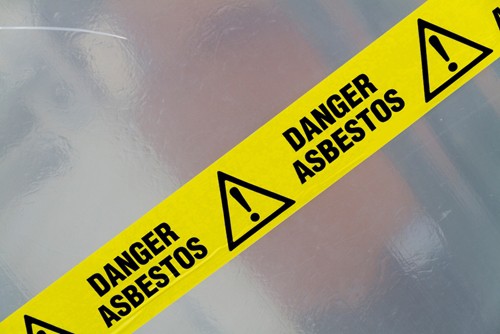Workplace safety should be one of the most important aspects for any company, regardless of industry. Many employees are placed at risk on a daily basis from a variety of dangers, including health and chemical hazards. A company that creates a quality risk management plan to address these issues will likely be able to reduce workers compensation costs and other related expenses.
Recently, the U.S. Department of Labor's Occupational Safety and Health Administration proposed severe fines against a real estate development and management company for the exposure of workers during cleanup and construction work on one job site located in New York.
Employees, Contractors Exposed to Lead, Asbestos
Olivet Management LLC now is facing a total of $2.3 million in fines from OSHA as a result of the exposure of its own employees and 13 additional contractors during a renovation and cleanup project at a New York-based work site.
"Olivet knew that asbestos and lead were present at this site, yet the company chose to ignore its responsibility to protect its own workers and contractors," said U.S. secretary of labor Thomas Perez. "The intolerable choice this company made put not only workers, but also their families, in danger."
The violations were found following a complaint made in late October 2013, according to OSHA. The subsequent OSHA investigation turned up 45 willful violations, resulting in the $2.3 million in proposed fines. Olivet employees and contractors were exposed to both lead and asbestos while tasked with removing these dangerous materials from a building. The work was overseen by Olivet supervisors. Areas where exposure occurred included floor tiles, insulation, paint, windows, door frames and other surfaces. OSHA reported that the company knowingly ignored basic safety precautions. Employees were unaware of the presence of asbestos and lead and they also weren't trained in how to correctly handle these materials. Proper safety equipment also was not provided, among other serious errors.
Since the findings, the U.S. Environmental Protection Administration ordered Olivet to cease all work that could result in asbestos exposure. While the OSHA investigation has concluded with the recommended fines, the EPA is still looking into the matter.
Safety Procedures Needed to Prevent Exposure
According to OSHA, asbestos exposure leads to serious diseases, some that can even be fatal. Workers can encounter the hazard either through inhalation or ingestion. Possible health issues include asbestosis, lung cancer, mesothelioma and gastrointestinal cancer. High-risk employees include those in the construction industry.
The U.S. Centers for Disease Control and Prevention and the National Institute for Occupational Safety and Health recommended several precautions employers can take to prevent exposure and keep workers comp insurance costs down. For example, prior to starting construction in an area that is known to have asbestos, all workers should take part in a pre-placement medical evaluation. A physician can evaluate employees to determine whether or not they have an increased risk to these potential health hazards. Some people may be more susceptible than others to the dangers presented by asbestos, and stopping them from going near affected work sites, regardless of safety measures, can often be the best solution.
In addition, all employees have to wear the correct protective clothing when working near contaminants. This includes gloves, eye wear and respirators, since these items reduce the likelihood of exposure. As an added step, the workplace should also include a decontamination area where staff members can clean off and change at the end of the day. This prevents clothes – and asbestos – from being carried home, where it can be transferred to small children and other people. Once a risk management plan is adapted to include these types of threats, a company can operate knowing that employees are safe.



